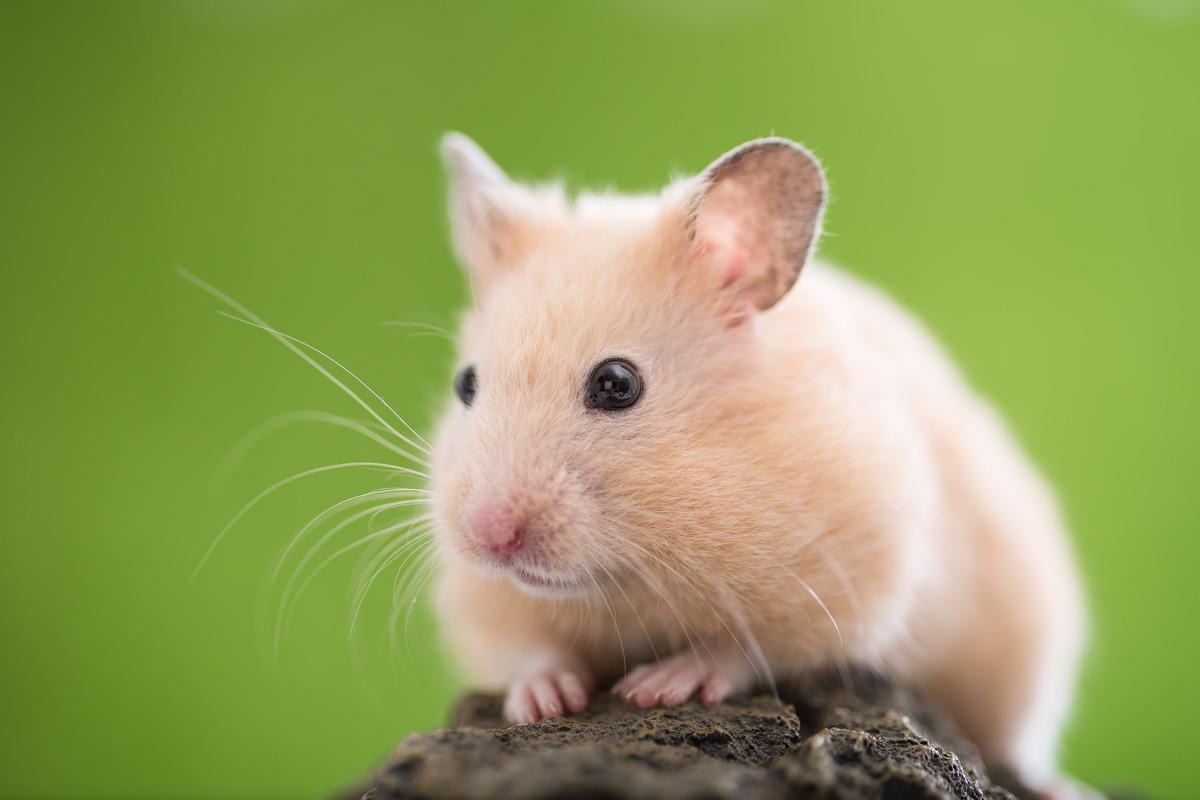In a recent study posted to the Vaccines journal, researchers assessed the efficacy of vesicular stomatitis virus (VSV)-based coronavirus disease 2019 (COVID-19) vaccines in Syrian hamsters.
 Study: VSV-Based Vaccines Reduce Virus Shedding and Viral Load in Hamsters Infected with SARS-CoV-2 Variants of Concern. Image Credit: stock_shot/Shutterstock
Study: VSV-Based Vaccines Reduce Virus Shedding and Viral Load in Hamsters Infected with SARS-CoV-2 Variants of Concern. Image Credit: stock_shot/Shutterstock
Background
The subsequent emergence of new variants due to the mutation potential of severe acute respiratory syndrome coronavirus 2 (SARS-CoV-2) is one of the reasons for the continuous spread of the COVID-19 pandemic. Some SARS-CoV-2 variants have been classified as "variants of concern (VOCs)" because they can spread swiftly. The VOCs have caused a surge in breakthrough infections as the current COVID-19 vaccines are centered on the ancestral SARS-CoV-2 strain. Hence, it is critical to demonstrate protection against the SARS-CoV-2 VOCs with newly produced COVID-19 vaccines.
The authors of the current study have earlier established the rapid-acting potential of two VSV-based vaccines containing the SARS-CoV-2 Spike proteins (VSV-SARS2) individually and combined with the Ebola virus glycoprotein (VSV-SARS2-EBOV) in non-human primates (NHPs) and hamsters.
About the study
In the present study, the scientists extended the time to the SARS-CoV-2 challenge in the VSV-SARS2-EBOV or VSV-SARS2-vaccinated Syrian golden hamster models. The team vaccinated the hamsters via the intramuscular (IM) or intranasal (IN) routes. Further, after 28 days of vaccination, the hamsters were challenged with the SARS-CoV-2 Delta, Beta, and Alpha VOCs. This was to evaluate the impact of prolonged vaccination to challenge strategy on the vaccine efficacy (VE) against the three SARS-CoV-2 VOCs.
In addition, the scientists also determined whether the previously observed disparities in VE associated with the vaccination routes were maintained or vanished in the long term.
Seventy-two female Syrian golden hamsters aged five to eight weeks were used in the study. The hamsters were randomly stratified into groups of six animals. The study cohort was vaccinated with VSV-SARS2-EBOV or VSV-SARS2 via IM (thigh) or IN routes. Further, the hamsters in the control groups were VSV-EBOV-vaccinated via IN or IM routes. Four days following the challenge with the SARS-CoV-2 VOCs, the hamsters were euthanized for sample procurement.
The SARS-CoV-2 Delta, Beta, and Alpha strains were titered and grown on Vero E6 cells. The VSV-SARS2 vaccines either individually or in conjunction with VSV-SARS2-EBOV were used in the investigation. Oral swab samples were procured employing the QIAamp Viral ribonucleic acid (RNA) Mini Kit. Cytopathic effects (CPEs) were documented using the virus neutralization assay.
Findings
The results indicate that a single dose of VSV-based COVID-19 vaccinations given 28 days before SARS-CoV-2 exposure was enough to protect Syrian golden hamsters from the three SARS-CoV-2 VOCs assessed. All immunized hamsters had undetectable infectious SARS-CoV-2 titers and reduced lung viral RNA levels. This inference correlates with diminished or nonexistent histopathologic lesions in the lower respiratory tract of the virus-infected animals.
When challenged with the SARS-CoV-2 Beta or Alpha VOCs, all vaccinated hamsters exhibited a substantial decrease in viral RNA in oral swabs, independent of the immunization route.
Irrespective of the vaccine, IN vaccination route was associated with a substantial decrease of SARS-CoV-2 RNA in Delta-challenged hamsters' oral swabs. This observation matched with earlier findings that IN vaccination was the most effective in a 10-day time to challenge investigation.
The VSV-EBOV vaccinated control group hamsters demonstrated interstitial pneumonia for the SARS-CoV-2 Delta, Beta, and Alpha VOCs. They also exhibited robust immunoreactivity in the pneumocytes, alveolar macrophages, and bronchiolar epithelium following the three SARS-CoV-2 VOCs challenge. These findings imply that a VSV-based COVID-19 vaccination effectively prevents SARS-CoV-2 VOC-associated severe lower respiratory tract illness. More importantly, it might minimize viral transmission during the acute phase of infection.
Conclusions
The study findings demonstrated that the VSV-SARS2-EBOV or VSV-SARS2 vaccination through the IN route produced a significant protective effect against the SARS-CoV-2 VOCs compared to the IM route in hamsters. This inference was supported by the lower lung SARS-CoV-2 load and virus shedding in hamsters vaccinated via IN route than the IM-vaccinated animals.
Irrespective of the challenge virus, the histopathologic study of the lungs demonstrated that the IN-vaccinated hamsters had the lowest degree of lung damage relative to IM-vaccinated animals. Of note, the Syrian golden hamsters were challenged with the SARS-CoV-2 VOCs after 28 days of VSV-SARS2-EBOV or VSV-SARS2 vaccination.
Overall, the study showed the potential of VSV-based COVID-19 vaccinations in preventing severe SARS-CoV-2 VOC infection and lowering viral shedding. Nevertheless, further investigation on the transmission of the VOCs will be required to corroborate this data.